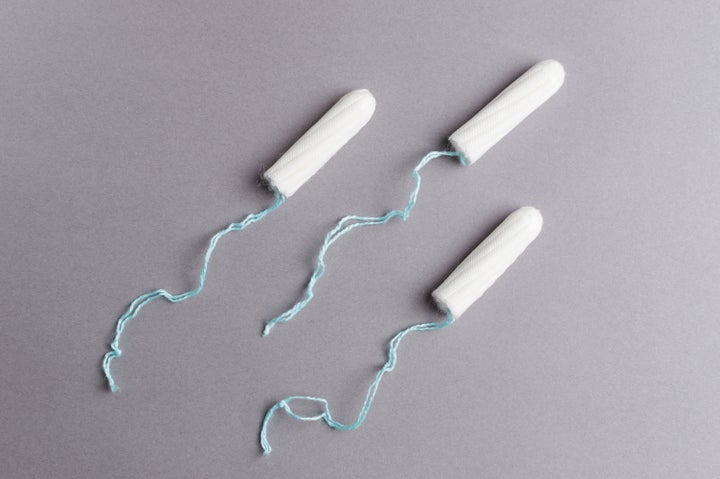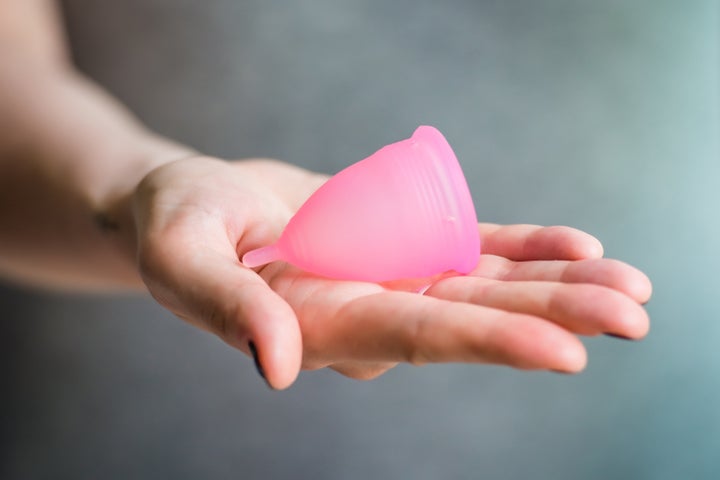Whether dealing with painful cramps, heavy bleeding, or awkwardly asking a colleague if they can lend you a tampon - the environment might not be the first thing on your mind during your period.
But your period is also wreaking havoc on the planet. The use of sanitary pads, tampons and applicators generates 200,000 tonnes of waste per year in the UK, according to the Women’s Environmental Network.
Two key mistakes are flushing products that are not meant to be flushed, and using products containing plastic (such as tampons and applicators) instead of biodegradable alternatives. Here are some things you can do to make sure you are disposing of your period products in a way that is kindest to the planet.
Don’t always believe the label
Just because something is labelled as biodegradable or ‘flushable’ on its packaging, doesn’t mean it should be sent down the loo. And that includes tampons. Due to the amount of time that they take to break down – which, according to Women’s Environmental Network, could be months – they contribute to the 370,000 sewage blockages throughout the UK every year. 80% are caused by fats, oils and grease, wipes, sanitary waste and other unflushable items, according to Water UK.
So, even if you find yourself a plastic-free tampon range to use during your time of the month, ensure that you bin it, never flush.

Use biodegradable tampon applicators
On UK beaches there are nine plastic tampon applicators found per kilometre, according to the Women’s Environmental Network. Single-use plastics are common across popular tampon brands in applicators, packaging and even inside the tampons.
Look for tampon ranges that offer cardboard or paper applicators. For instance, both Natracare and TOTM offer plastic-free tampons with biodegradable applicators. For more information on making your period plastic-free, check out our guide to the plastic you may find in your tampons.
Reusable products are best
While they may not be the first option you think of during your period, opting for reusable sanitary products could help reduce the waste you’ll need to dispose of in the first place. The Women’s Environmental Network recommends the menstrual cup as the most sustainable option a woman can choose. This is due to the fact that the only thing that users throw away each month is their menstrual blood. Nothing else. Super minimal waste.
They are often even made from super sustainable materials. One popular brand, the MoonCup, is derived from sandstone, which is one of the most abundant resources on the planet. Fair Squared also launched a menstrual cup made from biodegradable rubber earlier this year.

Two bins are better than one
Just like you would in your kitchen, divide your bathroom waste up according to its next destination. Your menstrual products should be destined for landfill. Natalie Fee, founder of environmental campaign group City to Sea, advises using two bins in your bathroom.
“Use one for your wipes, cotton buds and menstrual products and then one for your recyclables,” she told HuffPost UK. “Despite what the labels may say, there are currently no products available which meet the UK water industry flushability guidelines. So this is your best bet.”